Tire studs are a lifesaver during the winter months. They provide the optimal grip in icy conditions. But when the season changes and the ice melts, those studs do you no good. Lucky for you! We have created this post to specifically help you with removing those prickly studs and converting those tires into everyday road tires. Let's get started!
To remove those tire studs, you will need the following tools and follow the necessary steps.
For tools, you will need:
- Tire jack (to remove the tires)
- Lug wrench (to remove the tires)
- Jack stands (to support the car)
- Lubricant (to loosen the studs)
- A pair of long-nose pliers (to pluck out the studs)
Follow these steps to remove tire studs:
- Remove the studded tires from the car itself using a lug wrench and a tire jack.
- Support the car using a jack stand.
- Loosen the studs using a lubricant.
- Remove the studs using a pair of needle-nose pliers.
- Check to see if your tires have any punctures caused by removing the studs.
- Mount the stud-free tires back to your car.
- Start weekly maintenance of your tires to make sure no air leaks develop after using the tires again.
Removing tire studs can be a straightforward task, provided that nothing goes wrong. So, let's dive a bit deeper into each step for you to better understand the process and prevent any unwanted problems in the long run. Head on over to the rest of the article!
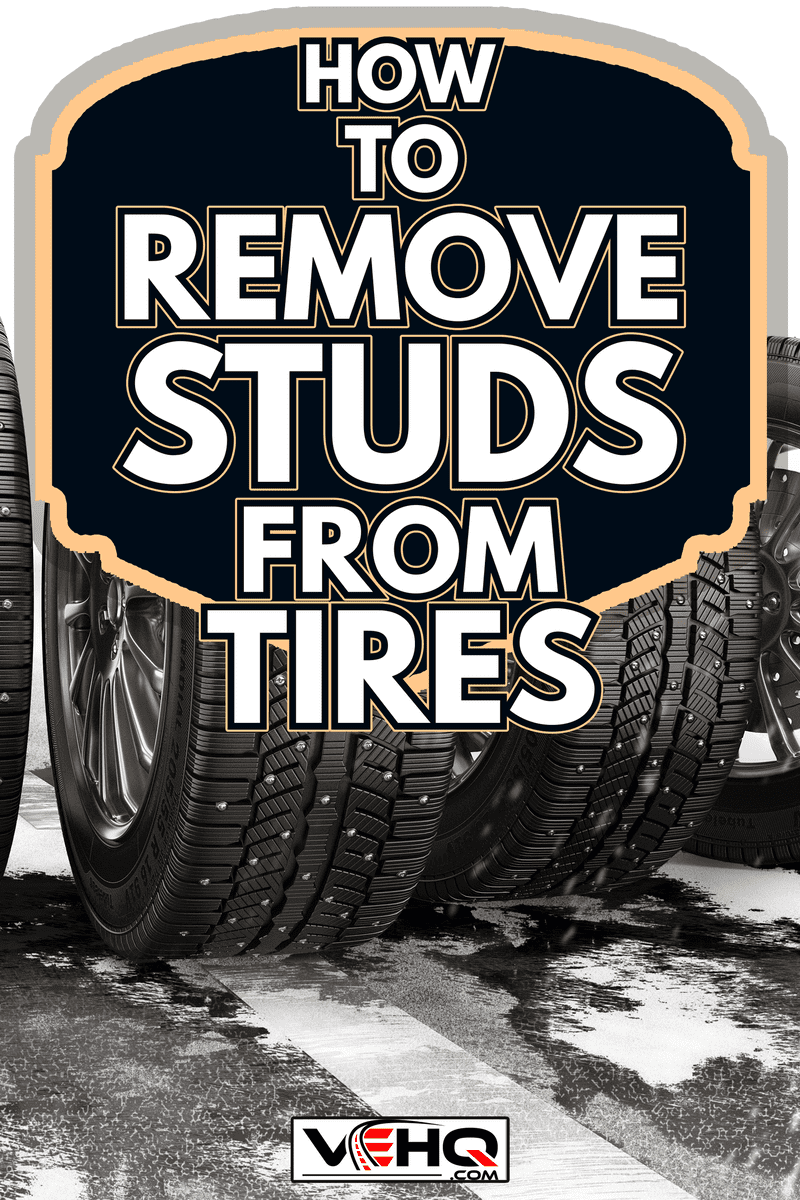
How To Remove Studs From Snow Tires?
Remove The Studded Tires From The Car
Before you try plucking out any of the studs from your tires, you must remove the tires first. This will not only make the whole job easier but also mitigates the possibility of damaging other car parts during the removal process.
First, lift the car slowly off the ground using the tire jack. Make sure that the surface where you place the tire jack is solid to prevent any accidents. Next, use a lug wrench to remove the tires from the car itself.
For this step, make sure you invest in high-quality tire jacks. A sub-standard tire jack can not only damage your vehicle but can also put your safety in danger.
Click here to check out this Pro-Lift Hydraulic jack on Amazon.
Support The Car Using Jack Stands
Tire jacks were specifically designed to raise and lower your vehicle. They are not designed, however, to support your vehicle for extended periods. In the interest of safety, it is best to use jack stands to hold and support the car.
You can use a single jack stand to support the car while you remove the studs from the tires and then mount the stud-free tires and move on to the next tire. Or you could also use four jack stands to support the whole car and remove all tires simultaneously. It is up to you and your budget.
Click here to check out this BIG RED Steel Jack Stand Set on Amazon.
Loosen The Studs Using A Lubricant
The studs' purpose is to puncture icy surfaces to provide optimal grip for your tires. That's why they are attached very rigidly to your tires. It can be quite the task to pluck them out without first lubricating them.
For this step, you can use a lubricant similar to those mechanics use when mounting your tires. Try not to use WD-40 or other types of oils as they may adversely affect your tires' materials. You can also use regular undiluted dish soap if you don't have the tire mounting lubricant.
Each tire will have around 80 to 100 studs, and you will have to lubricate each one. This is one of the most important steps as it makes the succeeding steps easier and also prevents damage to your tires.
Use Long-Nose Pliers To Remove Studs
After you have lubricated the studs, they are now ready to be plucked. Using a pair of long-nose pliers is ideal for this step. The tapered tip makes it easy to grip the studs and, if necessary, slightly open up the hole where the studs are embedded.
To remove the studs, grip the top of the stud and pull while twisting at the same time. It is to be expected if you encounter some resistance, as the studs are rigidly attached to the tire. If this is the case, insert the pliers carefully into the sides of the studs and pry them out.
Check this video out for a visual guide on this particular step.
Check Your Tires For Any Puncture
After you have removed all the studs from your tires, you must execute this step. Tire maintenance after tire stud removal is essential in mitigating any additional damage or safety hazards. After all, it's better to be safe than sorry.
If you suspect punctures in your tires, you can check to see by submerging the tires in water and see if any bubbles are coming out. Another way to check is by spraying soapy water into the tire.
If no punctures or any kind of damage were found, then you can start prepping the tires before you mount them back to the car. Clean your tires and fill it air, following the manufacturer's suggested air pressure.
Mount The Stud-free Tires Back To The Car
It's time to put your stud-free tires back on. What you do is mount all tires before lowering the car. Before you remove the jack stands, make sure that the tire jack is at the same height and already supporting the car.
Once you're ready, lift the car slightly and remove the jack stands. Make sure to execute this step one side at a time for safety purposes. When the jack stands have been removed, slowly lower your car until the tires touch the floor. Execute the same procedure on the other side of the car.
Once you're done lowering all four tires to the ground, remember to secure the lug nuts properly. You don't want to get into a bad situation just because of loose lug nuts.
Start A Weekly Maintenance Check Of Your Tires
When you reach this step, you're technically done with the whole process. This is just to ensure that no punctures arise upon using the stud-free tires again.
You can set a weekly schedule where you check the consistency of the tires' air pressure. You can also spray soapy water on locations where the studs were embedded to see if any punctures develop.
What Are The Different Types Of Winter Tires?

Snow tires, also known as winter tires, come in several different types:
- Studless winter tires
- Studded winter tires
- Studdable winter tires
Each of these types has its unique characteristics, but they're all designed to tackle one specific thing. Being able to drive effectively during the winter conditions.
Studless Winter Tires
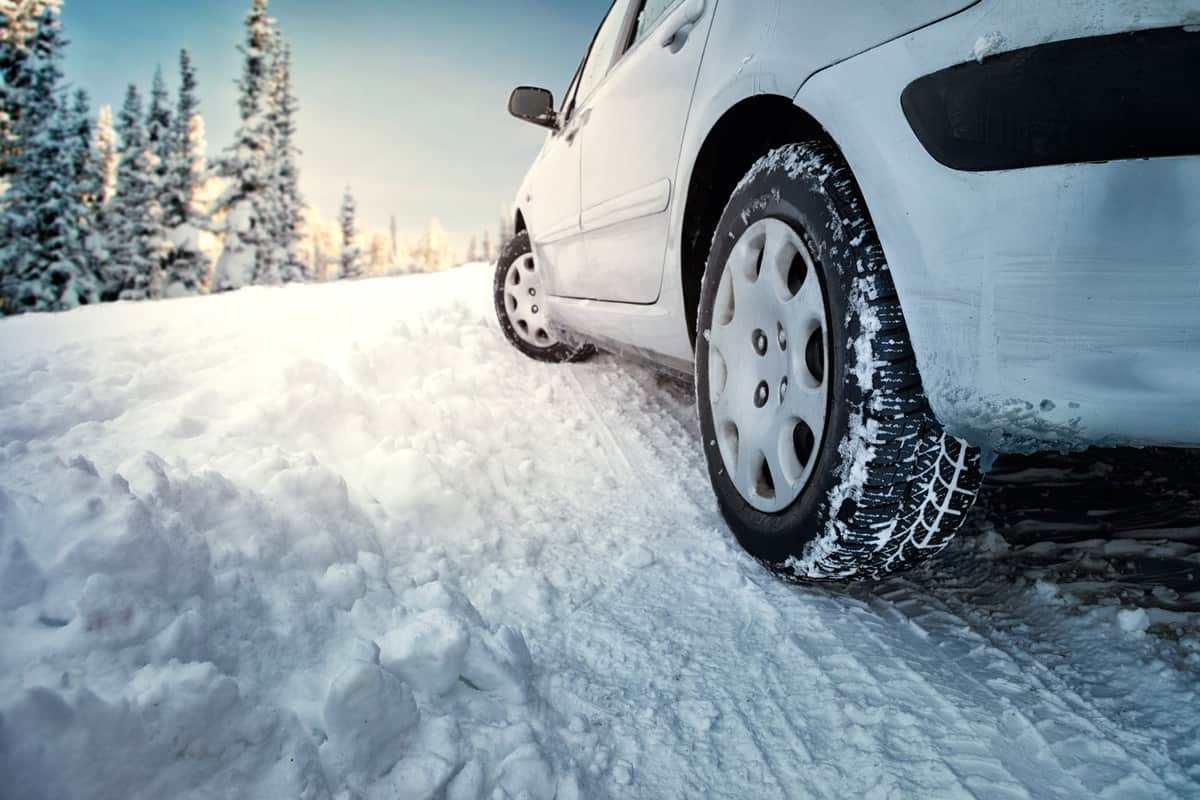
The most common of all winter tires. Some people often mistake studless winter tires with all-season tires because, at first glance, studless winter tires somewhat look like regular tires. However, winter tires will often have a specific thread design that makes them optimal in winter.
Winter tires are also made with specific rubber compounds that can maintain flexibility in freezing temperatures. This maintained flexibility provides added traction and maneuverability.
Studded Winter Tires
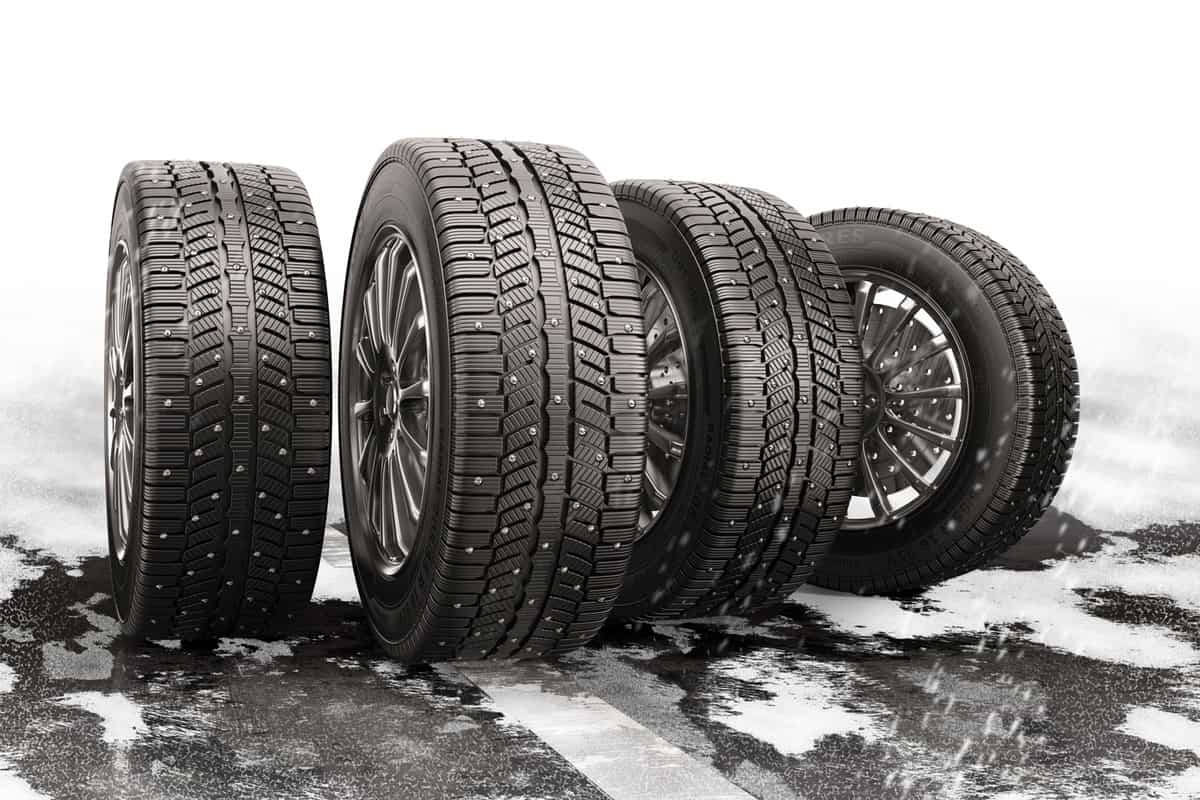
The most differentiating quality of studded tires is the tiny rivets (studs) embedded in the threads of the tire. These rivets act as ice axes and provide additional grip, especially in icy and heavy snow conditions.
Studded winter tires commonly use metal studs, however, there are a few types that use plastic or hard rubber as studs.
Studdable Winter Tires
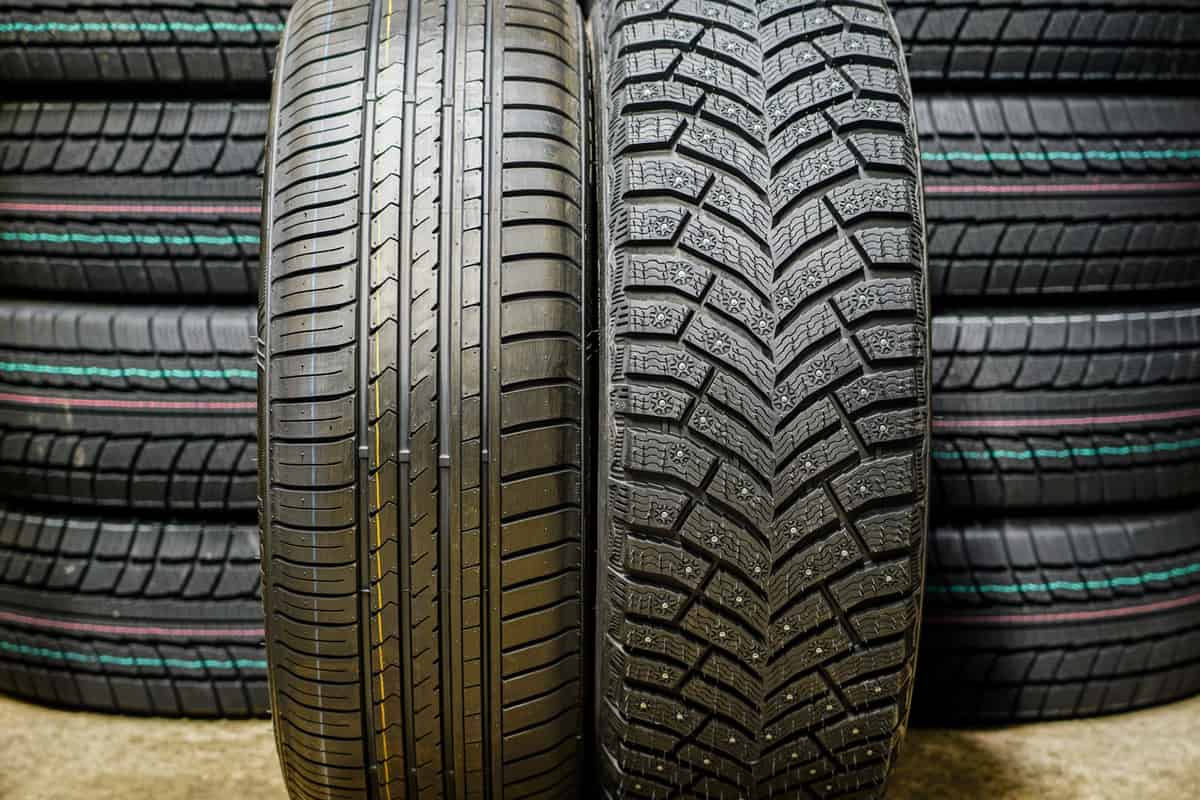
This type is a mix of both worlds, a hybrid, so to speak. Studdable winter tires come with predrilled holes in the threads where you can install studs. Consumers nowadays often opt for this type because its use is not only limited to winter conditions.
When it's time to install the studs on these types of tires, it is best practice to have a professional execute it. This guarantees that the studs will be embedded properly and provide you with a safe ride.
Do Your Tires Need Studs During The Winter Season?
Does the grip studded winter tires provide, is significantly higher than those of studless winter tires? Are they practical? These and more questions often pop up when talking about studded tires.
A 2002 study by the University of Washington concluded, "the traction of studded tires is slightly superior to studless tires only under an ever-narrowing set of circumstances." The study also included that studded tires can increase fuel consumption by 15%.
It's safe to say that the advancements and innovations in tire technology are starting to make studded tires irrelevant. Maybe soon enough, some companies will design a super-efficient studless winter tire that completely outperforms today's winter tires.
To Wrap It Up
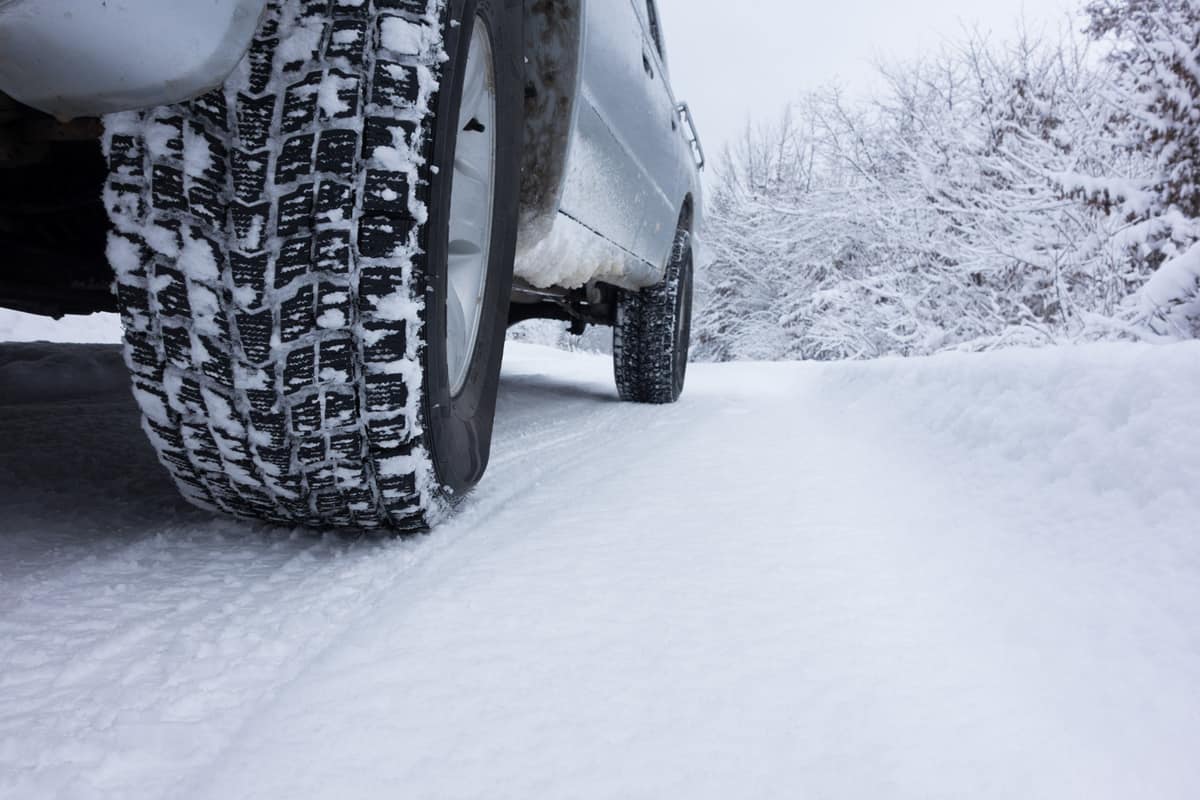
The changing of the seasons brings different kinds of challenges to our driving experience. Overall, winter tires are a great investment for people that live where winter can create icy roads and heavy snow build-up. Drive safe!
If you found this post helpful, be sure to check out our posts as well:


